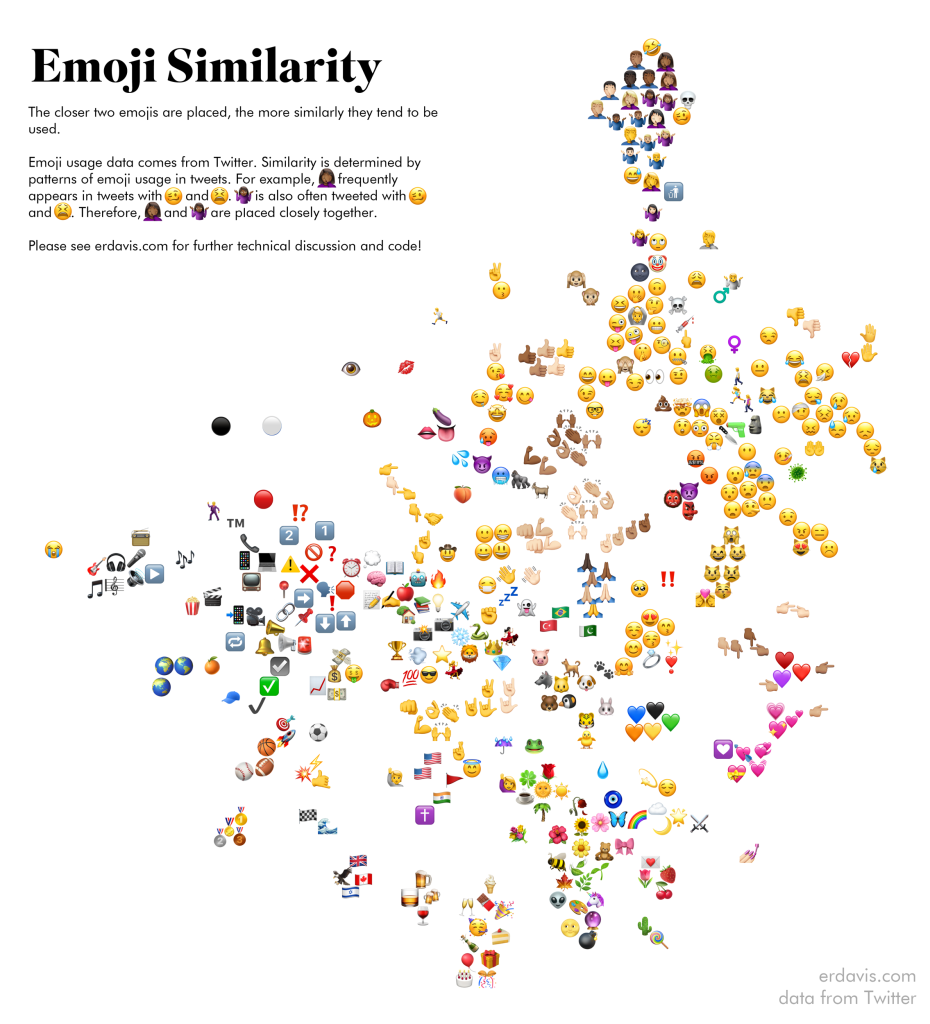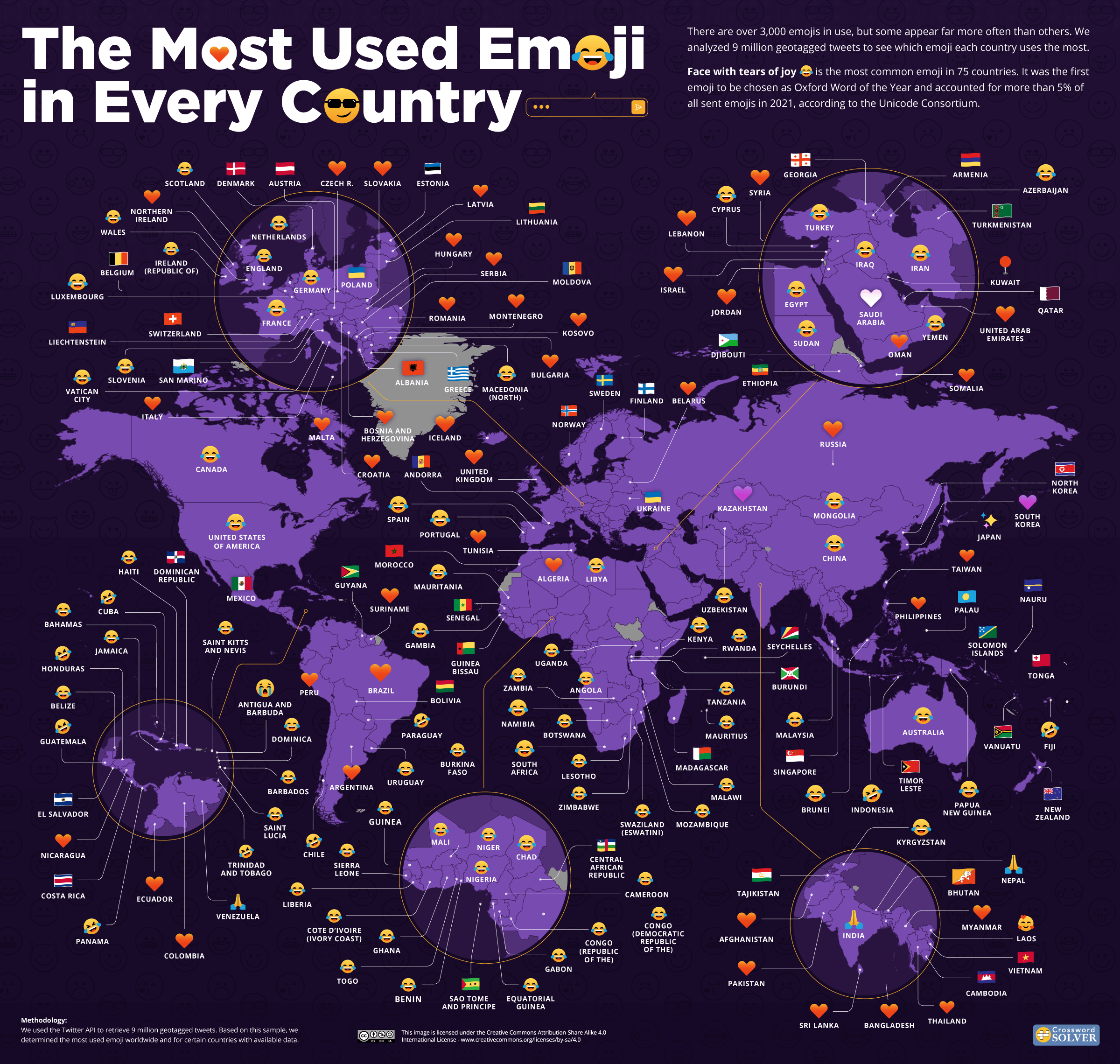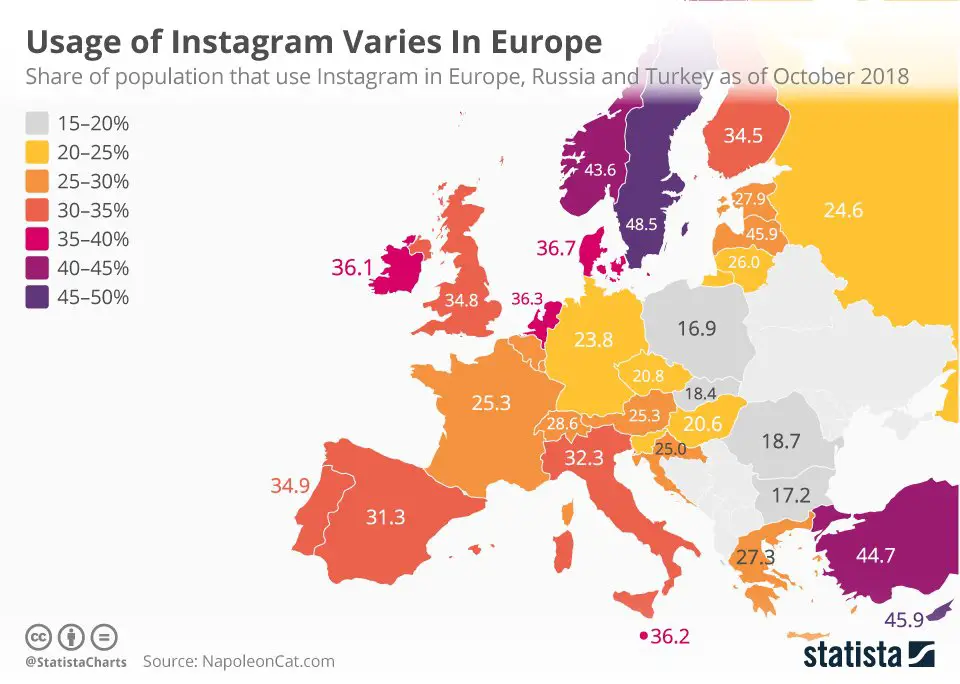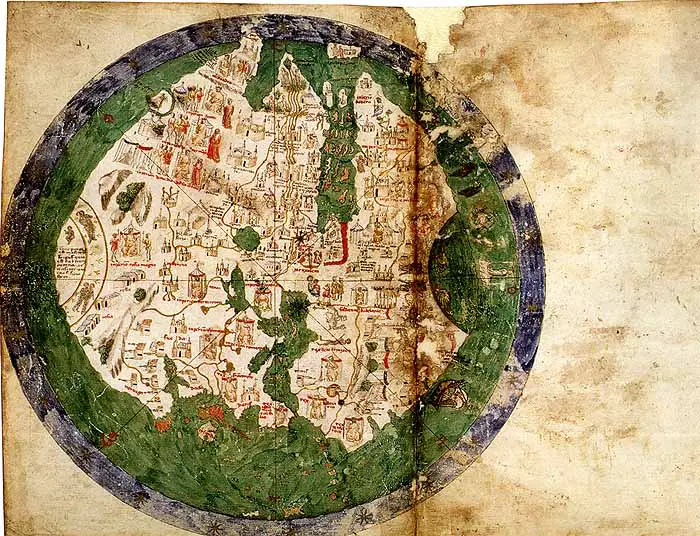Most Used Emoji’s Around the World
Table of Contents
Emojis are pictograms, ideograms, and smileys used in various electronic modes of communication. They exist in multiple forms, including facial expressions, everyday objects, animals, places, and types of weather. Originating in Japan in 1997, emojis surged in global popularity in the 2010s and are now an integral part of popular culture worldwide.
The world map below highlights which emojis are most frequently used in different languages. SwiftKey analyzed the prevalence of emoji usage in various countries, revealing fascinating insights into global emoji trends.

Evolution of Emojis Since 1997
Emojis have evolved significantly since their inception in 1997. Initially, emojis were simple 12×12-pixel images created by Shigetaka Kurita for NTT DoCoMo’s i-mode, a mobile internet platform. The first set included 176 emojis representing weather, moods, food, and more. As smartphones became more sophisticated, so did emojis.
In the early 2010s, emojis were standardized by Unicode, allowing them to be used across different devices and platforms. This standardization contributed to their widespread adoption. Unicode added new emojis every year, reflecting changes in technology, culture, and society. Today, there are over 3,000 emojis, ranging from diverse facial expressions to symbols of social movements.
National Peculiarities in Emoji Usage
Different countries have unique preferences for certain emojis. For instance, in France, the heart emoji ❤️ is used more frequently than in any other country, symbolizing the French penchant for romance. In contrast, Canada favors the poop emoji ?, possibly reflecting a distinct sense of humor.
Emoji Similarity and Usage Patterns
Erin created a map that shows the similarity of 435 emojis based on usage patterns on Twitter. The closer two emojis are placed, the more similar their usage patterns. This map provides insight into how people use emojis to convey similar emotions or concepts.

The Complexity of Emoji Use
Nowadays, there are countless emojis, making it challenging to understand the intricacies of their use. Emojis can convey complex emotions and ideas, often varying by context and culture. For example, the folded hands emoji ? is used as a gesture of thanks in some cultures, while in others, it represents prayer or hope.









This is super (stereo) typical!
Okay, how likely is it that no two countries have the same most commonly-used emoji? And who’s doing the counting anyway?
I’ve never even seen the one for U.S. English before this article!